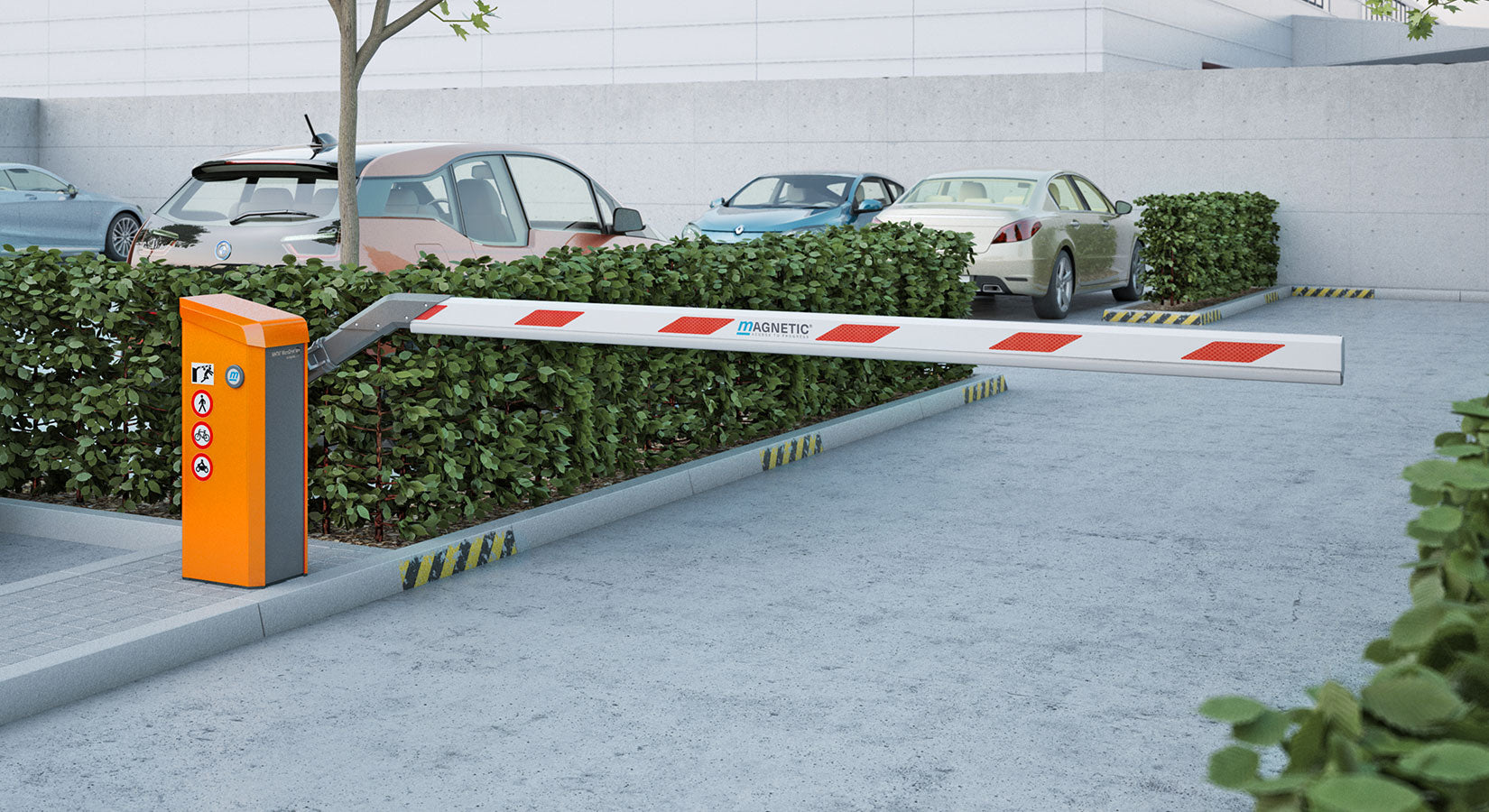Wedge Barriers Can Be Fun For Anyone
Wedge Barriers Things To Know Before You Get This


18 may be done faster, quickly, and price effectively. FIG. In particular personifications, the anchor 30 may be a steel framework consisting of plates, beam of lights(e. g., I-beams ), and/or other frameworks that are secured within the foundation 14, which may be concrete. At the surface area 12, an upper side 28 of the support 30 may be at the very least partly exposed
, thus making it possible for the accessory of the barrier 10 to the support 30. g., threaded holes)in several light beams or plates of the anchor 30 might be revealed to the surface 12. In this manner, screws 32 or various other mechanical fasteners may be utilized to safeguard the barrier 10 to the anchor 30. As the barrier 10 is installed to the surface area 12 of the structure 14, collection of debris and other material underneath the obstacle might be reduced, and elements of the bather 10 might not be revealed to below quality atmospheres. As suggested by reference numeral 52, the lifting device 50 includes components disposed underneath the wedge plate 16. The components 52 below the wedge plate 16 might include an electromechanical actuator, a webcam, one or more webcam surfaces, and so forth. Furthermore, the training system 50 includes a spring assembly 54
The spring rod 58 is coupled to a webcam(e. g., camera 80 displayed in FIG. 4) of the lifting mechanism 50. The springs 60 disposed regarding the spring rod 58 are kept in compression by spring supports 62, including a dealt with springtime assistance 64. That is, the set springtime assistance 64 is repaired family member to the foundation 14 and the rest of the bather 10.
Not known Details About Wedge Barriers
g., springtime assistance 65 )might be dealt with to the end of the springtime pole 58 to allow compression of the springs 60. As the springs 60 are compressed between the spring sustains 62, the springtime assembly 54 creates a force acting upon the web cam combined to the springtime rod 58 in an instructions 66. The staying force used to
the cam camera deploy release wedge plate 16 may be provided supplied an electromechanical actuator 84 or other actuator. As such, the spring setting up 54 and the actuator 84(e. g., electromechanical actuator)might run with each other to convert the camera and lift the wedge plate 16.
As mentioned above, the spring setting up 54 exerts a consistent force on the cam, while the electromechanical actuator might be controlled to apply a variable force on the web cam, thereby allowing the lifting and reducing( i. e., deploying and pulling back )of the wedge plate 16. In specific personifications, the constant force used by the springtime assembly 54 might be adjustable. g., electromechanical actuator) is disabled. As will be valued, the springtime setting up 54 might be covered and shielded from particles or other aspects by a cover plate(e. g., cover plate 68 displayed in FIG. 4) that may be significantly flush with the raised surface 38 of the structure 14. As stated over, in the deployed setting, the wedge plate 16 serves to block accessibility or travel beyond the barrier 10. As an example, the barrier 10(e. g., the wedge plate 16 )might block pedestrians or lorries from accessing a property or pathway. As reviewed over, the barrier 10 is connected to the anchor 30 safeguarded within the foundation 14,

front braces 71. Therefore, the linkage assemblies 72 may pivot and rotate to allow the collapse and expansion of the affiliation settings up 72 throughout retraction and implementation of the bather 10. The affiliation settings up 72 reason activity of the wedge plate 16 to be limited. If a lorry is taking a trip in the direction of the deployed wedge plate 16(e. For instance, in one condition, the safety and security legs 86 may be prolonged duringmaintenance of the barrier 10. When the safety legs 86 are deployed, the security legs 86 sustain the weight of the wedge plate 16 against the surface 12. Because of this, the training mechanism 50 may be deactivated, serviced, gotten rid of, changed, and so forth. FIG. 5 is partial perspective sight of an embodiment of the surface-mounted wedge-style barrier 10, showing the camera 80 and the camera surfaces 82 of the training system 50. Particularly, two web cam surface areas 82, which are described as reduced webcam surface areas 83, are placed below the camera 80. The lower cam surface areas 83 may be taken care of to the surface area 12 (e. As an example, the lower cam surface areas 83 and the installing plate 85 might this contact form develop a single item that is secured to the anchor 30 by screws or various other mechanical fasteners. In addition, two cam surface areas 82, which are referred to as top web cam surfaces 87, are positioned above the cam 80 and combined to (e. In various other embodiments, stepping in layers or plates may be placed in between the surface area 12 and the reduced cam surface areas 83 and/or the wedge plate 16 and the top cam surface areas 87 As pointed out above, the webcam
80 converts along the webcam surface areas 82 when the wedge plate 16 is lifted from the withdrawed setting description to the released position. Additionally, as pointed out over, the spring setting up 54 (see FIG. 3 )may give a pressure acting upon the webcam 80 in the direction 102 using spring pole 58, which might minimize the pressure the electromechanical actuator 84 is required to use to the web cam 80 in order to actuate and raise the wedge plate 16. 1 )to the deployed position(see FIG. 4). As shown, the web cam 80 consists of track wheels 104(e. g., rollers), which call and convert along the webcam surfaces 82 during procedure.